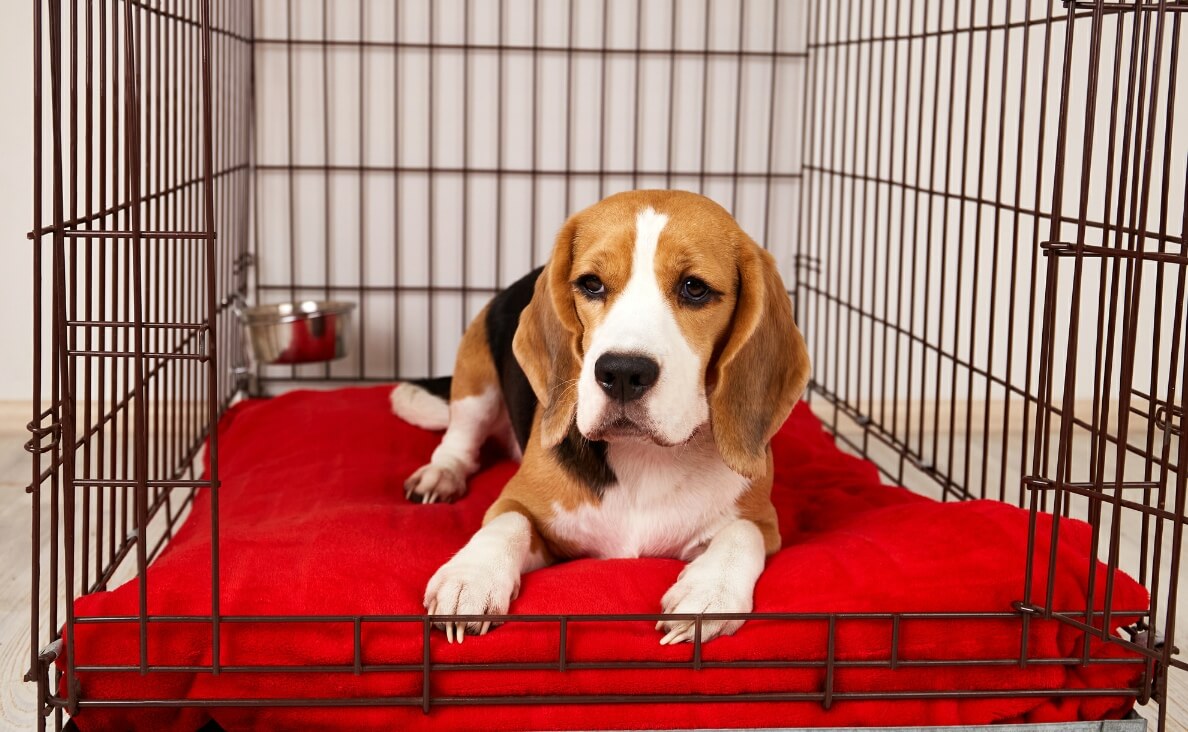
When it comes to providing a safe and comfortable space for your canine family member, the debate between a dog kennel and a dog crate is a prevalent one. Both options offer unique benefits and can cater to different needs depending on your dog’s lifestyle, behavior, and your living situation. This guide aims to explore the differences, pros, and cons of each to help you make an informed decision on the best option for your pooch.
Understanding the Basics: What Are Dog Kennels and Dog Crates?
Defining a Dog Kennel
A dog kennel is typically a larger, more permanent structure that provides dogs with a secure area to move around outside. Kennels are often constructed outdoors and made from robust materials like metal or wire to withstand the elements and provide ample space for exercise and play.
Defining a Dog Crate
In contrast, a dog crate is a smaller, portable enclosure used mainly indoors. Crates are designed to mimic a dog’s natural den and provide a safe, cozy place for dogs to rest and stay secure. They are commonly used for training purposes and are made from a variety of materials, including plastic, metal, and fabric.
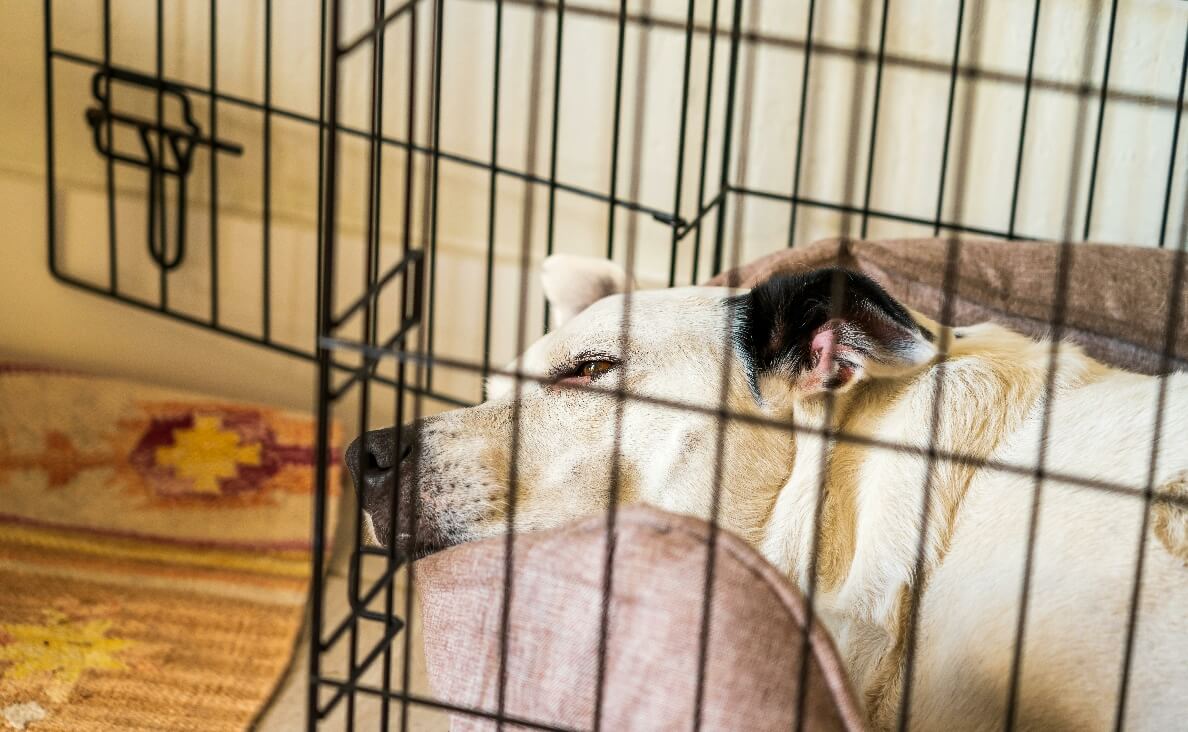
Key Differences Between Kennels and Crates
Size and Space Considerations
One of the most significant differences is size. Kennels are generally larger and suited for outdoor use, while crates are compact and ideal for indoor settings.
Material and Durability Differences
Kennels are built to be durable against harsh weather conditions, using materials like heavy-duty steel. Crates, however, are made with lighter materials suitable for easy transport.
Portability and Flexibility
Crates score high on portability and flexibility, being easy to move and adjust within home settings. Kennels, being more permanent fixtures, lack this flexibility.
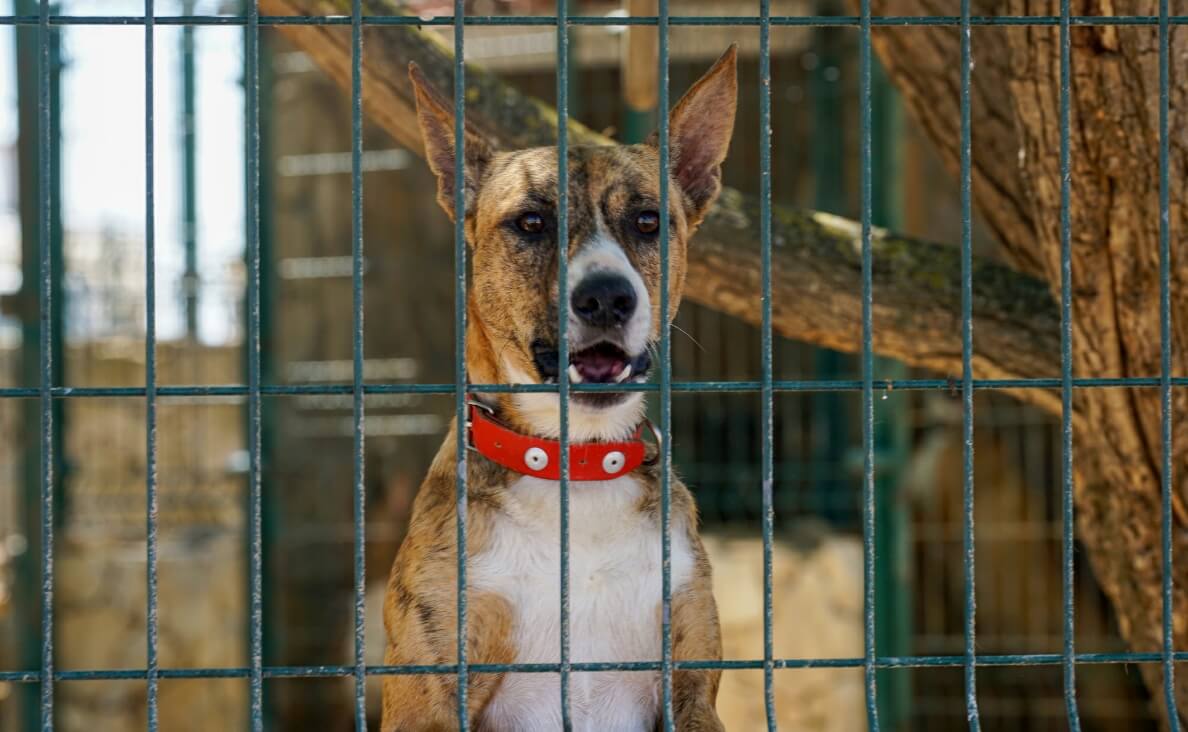
The Pros of Using a Dog Kennel
Suitable for Outdoor Use
Kennels are perfect for homeowners with yard space. They allow dogs to enjoy the outdoors without the risk of wandering off.
Offers More Room for Larger Dogs
Their spacious design is especially beneficial for larger breeds who require more room to roam and exercise.
Promotes Exercise and Play
Kennels provide ample space for toys, obstacles, and even companionship with other dogs, promoting an active lifestyle.
The Cons of Using a Dog Kennel
Requires More Space
The size of kennels means they are not suitable for those with limited outdoor space.
Potentially Less Secure
Unless properly secured, larger kennels can offer escape routes for clever dogs.
Weather Considerations
Dogs in outdoor kennels are more exposed to weather conditions, which can be a concern in extreme climates.
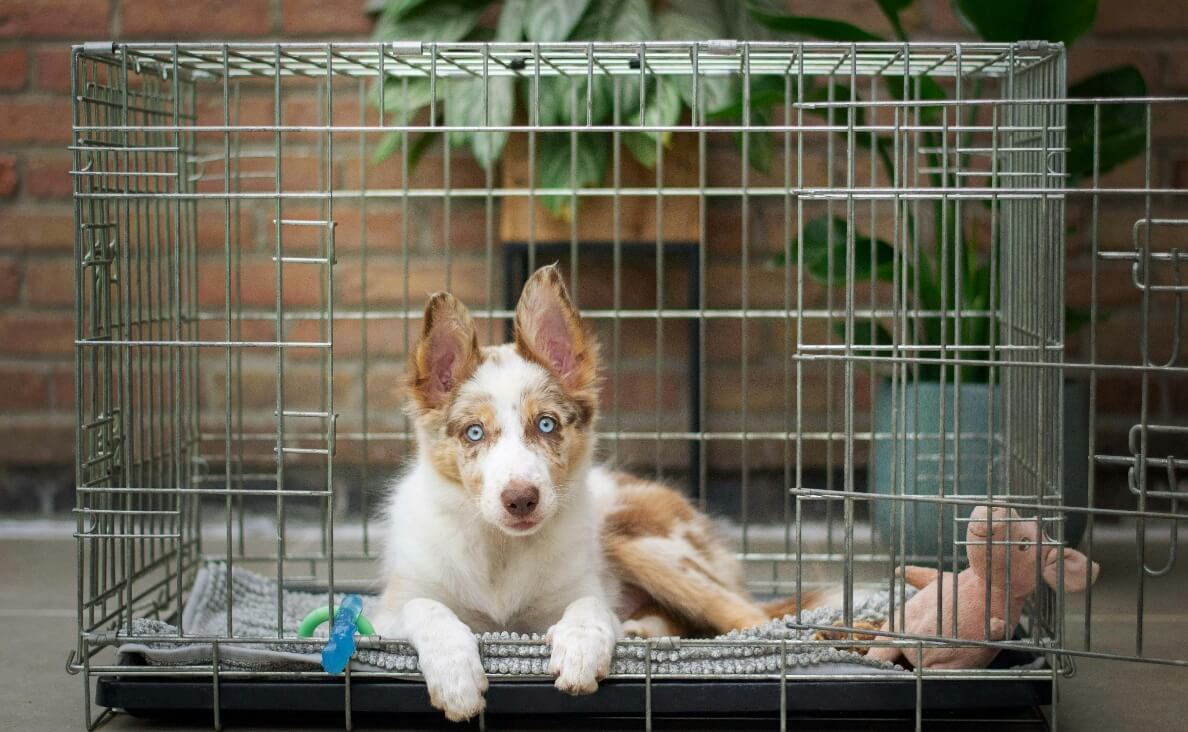
The Pros of Using a Dog Crate
Ideal for Indoor Use and Training
Crates are invaluable for house training puppies and managing adult dogs, providing a contained environment for learning house rules.
Enhances Safety During Travel
A crate is a safe haven for dogs in cars, protecting them during accidents and preventing distractions.
Helps with House Training
Crates tap into a dog’s natural instinct not to soil their den, aiding significantly in house training efforts.

The Cons of Using a Dog Crate
Limited Space for Movement
Crates restrict movement, which can be challenging for active dogs if overused.
Can Feel Isolating for Some Dogs
Some dogs may feel isolated or anxious in a crate, especially if used without proper training or for prolonged periods.
Not Suitable for All-Day Confinement
Crates are meant for short-term confinement. Extended periods can lead to anxiety and behavioral issues.
Factors to Consider When Choosing Between a Kennel and a Crate
Your Dog’s Size and Breed
Large breeds might find crates restrictive, whereas small breeds may feel lost in a large kennel.
Your Living Space and Lifestyle
Apartment dwellers might find crates more practical, whereas homeowners with yards may prefer kennels.
Your Dog’s Behavior and Temperament
An active dog might benefit from the space a kennel provides, while a shy dog might appreciate the security of a crate.

How to Choose the Right Size and Material
Sizing Guidelines for Kennels
Ensure the kennel is spacious enough for your dog to stand, turn around, and lie down comfortably.
Sizing Guidelines for Crates
Similar rules apply to crates, with the addition of ensuring the crate is cozy and den-like to provide security.
Choosing the Right Materials for Durability and Comfort
Select materials that suit your dog’s chewing habits and your climate—sturdy plastics or metals are typically best.
Location and Placement Tips for Kennels and Crates
Best Places to Set Up a Kennel in Your Home or Yard
Choose a sheltered area to protect against elements, ensuring it is away from high-traffic zones to reduce stress.
Ideal Locations for Crates and How to Make Them Comfortable
Place crates in a quiet corner of a frequently used room, making sure it’s not isolated from the family’s social activities. Include comfortable bedding and perhaps a cover to create a secure, den-like atmosphere for your dog.
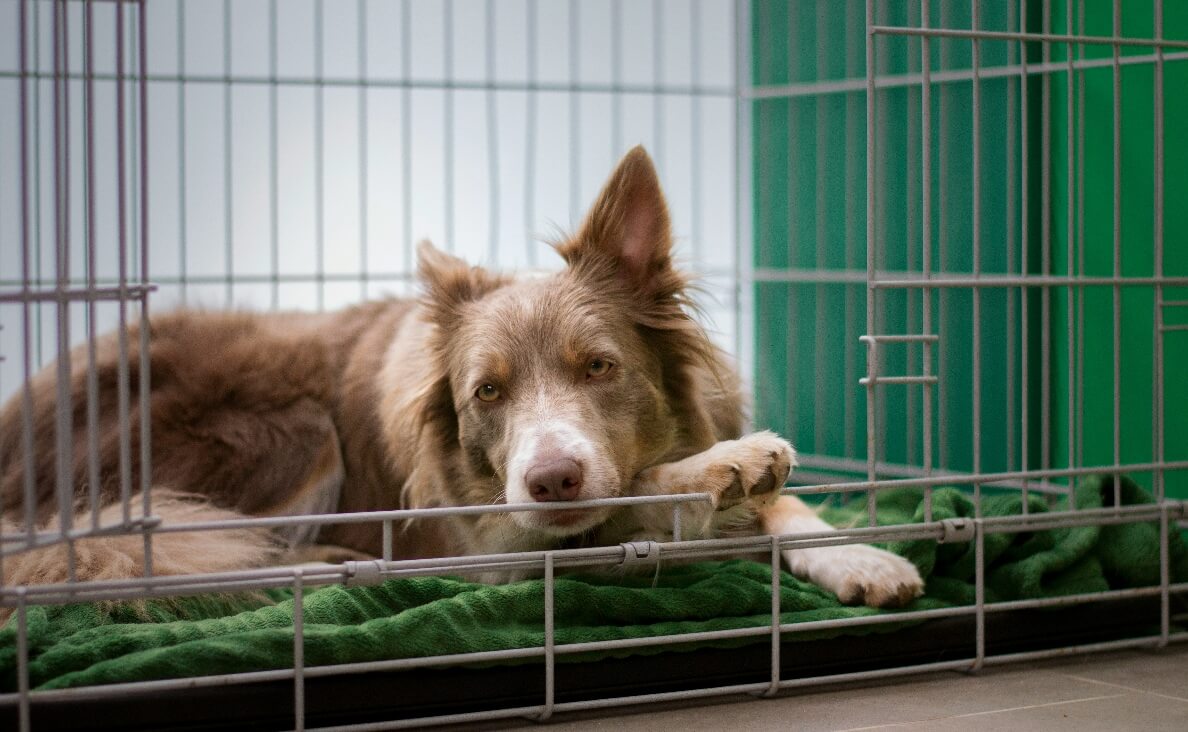
Training Your Dog to Use a Kennel or Crate
Introduction to Crate Training
Begin with short intervals, encouraging your dog with treats and praise to enter and stay in the crate, gradually increasing the time as they become more comfortable.
Steps for Kennel Training
Training a dog to use a kennel involves similar gradual steps, ensuring that the kennel is associated with positive experiences like meals and favorite toys.
Common Training Challenges and How to Overcome Them
Some dogs may exhibit anxiety or reluctance. Overcome these challenges by never using the kennel or crate as a punishment and always ensuring a positive, rewarding experience.
Safety and Comfort Enhancements for Kennels and Crates
Accessories for Comfort and Convenience
Include chew-resistant toys, water dispensers, and appropriate bedding to enhance comfort.
Safety Tips to Prevent Injuries
Ensure that the kennel or crate has no sharp edges, and that all latches are secure to prevent accidental escape or injury.
Expert Opinions: What Veterinarians and Trainers Recommend
Advice from Veterinarians on Housing Options
Veterinarians often recommend crates for puppies and for managing medical recovery, while kennels might be suggested for healthy, active adult dogs.
Dog Trainers’ Tips for Kennel and Crate Training
Professional trainers emphasize consistency, patience, and the use of positive reinforcement when training dogs to use these spaces.

The Role of Kennels and Crates in Dog Behavior Management
How Enclosures Affect Dog Behavior
Structured environments like kennels and crates can help dogs feel secure and manage their anxiety, contributing positively to overall behavior management.
Using Kennels and Crates for Behavior Modification
Both can be part of a broader strategy to address issues such as excessive barking, chewing, or even aggression, by providing a controlled environment for retraining.
When to Prefer a Kennel Over a Crate
Specific Scenarios Where Kennels are Beneficial
Kennels are ideal for dogs that spend a lot of time outdoors and need a safe, contained space while still enjoying the freedom to move around.
Lifestyle Considerations that Favor Kennels
For dog owners who have secure outdoor space and live in mild climates, kennels offer a perfect blend of protection and freedom.
When to Prefer a Crate Over a Kennel
Situations Where Crates Outperform Kennels
Crates are more suited for puppies, senior dogs, and when traveling, providing a familiar, secure environment on the go.
Lifestyle Factors that Make Crates More Suitable
In smaller living spaces, such as apartments, where outdoor access is limited, crates provide an essential safe haven for dogs.

Alternatives to Kennels and Crates
Other Safe Enclosures for Dogs
Consider playpens or gated dog areas within the home for dogs that need less confinement but still some boundaries.
Balancing Freedom and Safety Without Enclosures
For well-trained dogs, integrating safety gates or establishing specific dog-safe zones in the home can offer a good balance.
Final Thoughts
Choosing between a dog kennel and a dog crate depends heavily on your specific circumstances, including your living situation, your dog’s size, breed, and temperament, and your lifestyle needs. By understanding the strengths and limitations of each, you can make a choice that ensures your dog’s happiness, safety, and well-being. Always remember, the goal is to provide a space where your dog feels secure and loved, whether that’s a roomy outdoor kennel or a cozy indoor crate.
Do you use a kennel or crate for your dog? Which do you prefer and why? Please comment below…

 New Google Photo App Pet Feature Adds Fun for Dog Lovers
New Google Photo App Pet Feature Adds Fun for Dog Lovers New Puppy Checklist: Supplies You Need When Bringing a Puppy Home
New Puppy Checklist: Supplies You Need When Bringing a Puppy Home 11 Holiday Collars for a Festive Season with Your Dog
11 Holiday Collars for a Festive Season with Your Dog 8 Best Heated Dog Beds for Cold Weather
8 Best Heated Dog Beds for Cold Weather How to Choose a No-Pull Harness for Your Dog
How to Choose a No-Pull Harness for Your Dog






Leave a Reply